Introduction:
Blazor, renowned for bringing the power of C# and .NET to web development, has extended its reach to the mobile landscape. With the advent of .NET MAUI (Multi-platform App UI), developers can now leverage Blazor to create cross-platform mobile applications. In this article, we’ll delve into the exciting realm of Blazor in mobile development, uncovering the capabilities, advantages, and best practices for crafting dynamic and responsive mobile apps.
Introducing .NET MAUI:
1. Cross-Platform Prowess:
- .NET MAUI allows developers to build native mobile applications for iOS, Android, and Windows using a single codebase
2. Unified Project Structure:
- Embrace a unified project structure that simplifies the management and deployment of cross-platform mobile applications.
3. Blazor Hybrid Apps:
- Seamlessly integrate Blazor components into .NET MAUI projects, creating hybrid applications that combine the strengths of web and native development.
Building Mobile Apps with Blazor:
1. Blazor Mobile Bindings:
- Leverage the Blazor Mobile Bindings to create native controls and user interfaces for mobile applications.
2. Responsive Design:
- Utilize responsive design principles in your Blazor components to ensure optimal user experiences across various screen sizes and resolutions.
3. Device-Specific Features:
- Access native device features and capabilities using dependency injection and platform-specific code when needed.
4. Real-Time Communication:
- Implement real-time communication in mobile apps using SignalR, ensuring seamless updates and interactions.
Advantages of Blazor in Mobile Development:
1. Code Reusability:
- Reuse business logic, services, and even some UI components across both web and mobile platforms.
2. Familiar Development Environment:
- Developers can leverage their existing C# and .NET skills, fostering a familiar and productive development environment.
3. Consistent User Experience:
- Maintain a consistent user experience by sharing UI components and design principles between web and mobile applications.
4. Increased Productivity:
- Speed up development cycles and reduce maintenance efforts by managing a single codebase for both web and mobile applications.
Best Practices for Blazor Mobile Development:
1. Optimize for Mobile Performance:
- Prioritize mobile performance by optimizing code, minimizing network requests, and prioritizing asynchronous operations.
2. User Interface Considerations:
- Tailor user interfaces to the mobile context, ensuring that the design is intuitive and user-friendly on smaller screens.
3. Testing Across Platforms:
- Thoroughly test your Blazor mobile app on various devices and platforms to identify and address any platform-specific issues.
4. Security Measures:
- Implement security measures specific to mobile development, such as secure data storage, secure communication, and protection against common mobile vulnerabilities.
Conclusion:
Blazor’s foray into mobile development through .NET MAUI opens up exciting possibilities for developers seeking a unified approach to building web and mobile applications. By harnessing the power of C# and .NET, developers can create responsive, feature-rich mobile apps with a shared codebase. As you embark on your mobile development journey with Blazor and .NET MAUI, embrace the synergy of web and native capabilities to deliver seamless and engaging experiences on a variety of devices.


